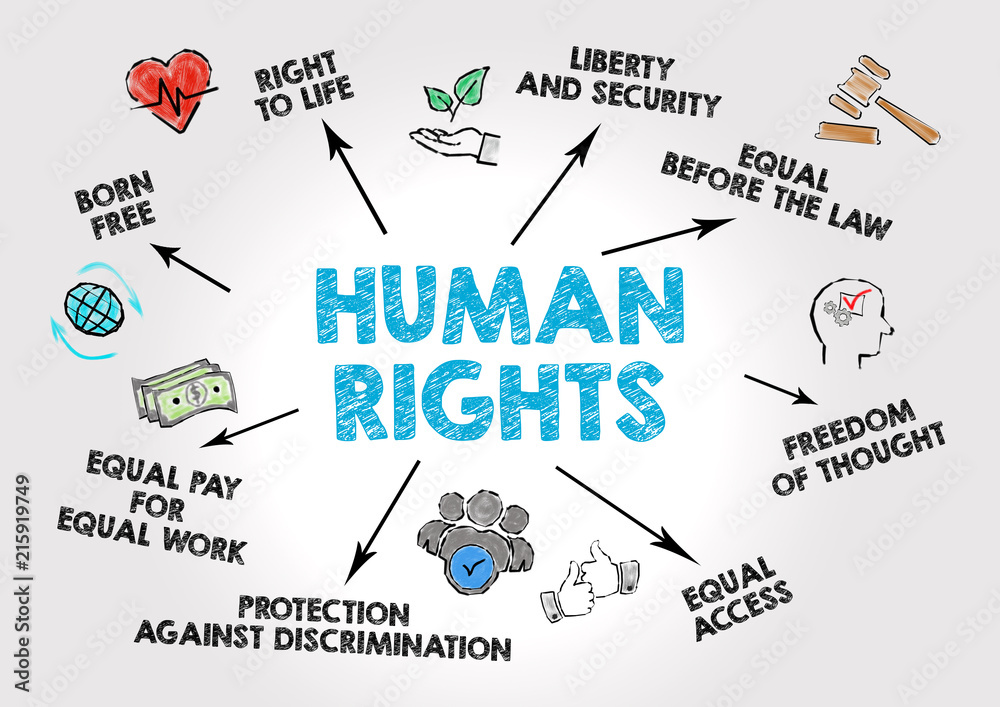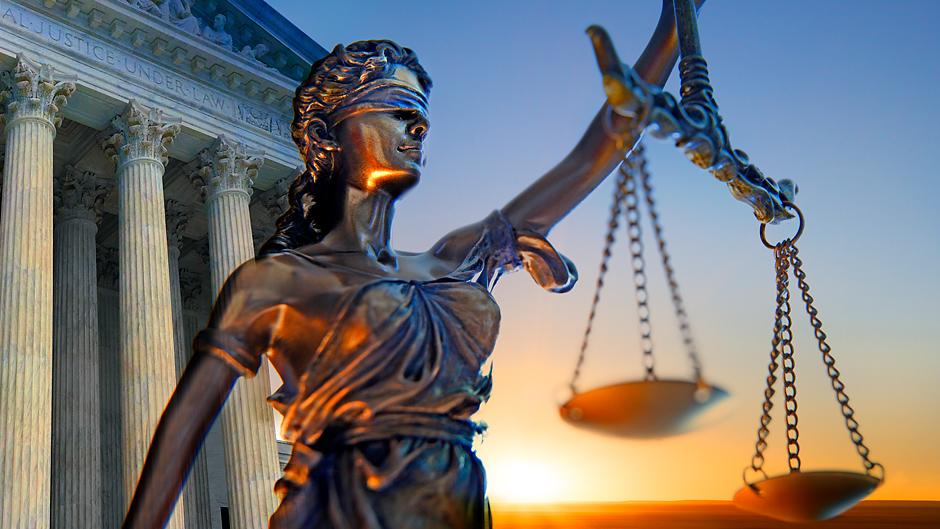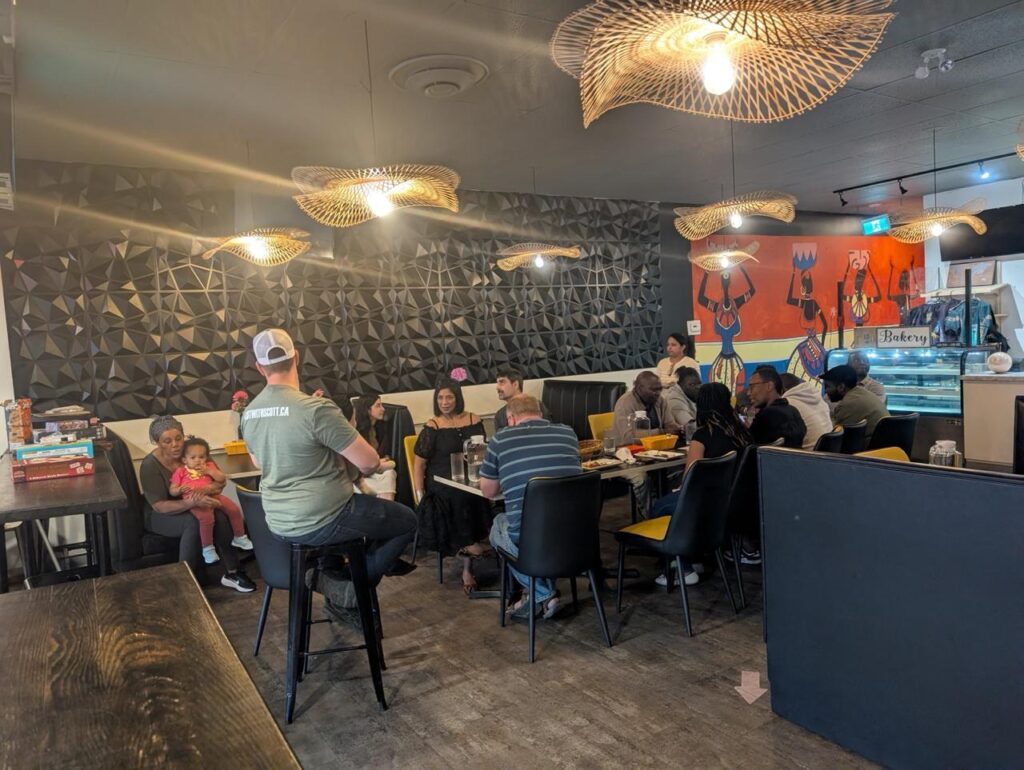- Human Rights Coursework

My coursework has profoundly shaped my understanding of human rights, providing me with a comprehensive and nuanced perspective on these critical topics. It’s not just about theoretical knowledge; it’s about seeing how these ideas have been fought for, established, and challenged throughout history.
The Foundation of Human Rights
One of my core courses, Foundations of Human Rights, provided a historical roadmap, tracing the evolution of human rights from ancient civilizations to modern-day declarations. Studying key moments like the Magna Carta, the Enlightenment, and the Universal Declaration of Human Rights (UDHR) helped me understand that the struggle for human rights is a long and continuous one. It also illuminated the different political and philosophical forces that have shaped our current legal frameworks. As Franklin D. Roosevelt famously said, “Freedom means the supremacy of human rights everywhere.” This course truly brought that idea to life.
Global Treaties and Interdisciplinary Insights
My studies went beyond history to analyze key court rulings and international treaties. For instance, dissecting agreements like the Convention on the Elimination of All Forms of Discrimination Against Women (CEDAW) gave me a concrete understanding of the global efforts to protect and advance human rights. I saw how these legal documents can either uphold or undermine fundamental rights.
Furthermore, my coursework emphasized an interdisciplinary approach. Classes like Genocide, States Violence, and the Emergency of Capitalism offered diverse perspectives on human rights issues. In a course on Food, Art, and Community, I learned about environmental justice and how environmental degradation disproportionately impacts vulnerable populations. Dr. Vandana Shiva’s book, Who Really Feeds the World, was instrumental in detailing this connection, showing me that human rights are intertwined with issues like food sovereignty and environmental conservation.
Experiential Learning and Modern Advocacy
Perhaps the most impactful part of my education has been the hands-on, experiential learning. Through service-learning programs and volunteer work with organizations like Mustard Seed and Hope International Development Agency, I was able to apply my academic knowledge in real-world settings. Working with Hope International provided a firsthand look at the challenges faced by developing nations like the Democratic Republic of Congo, Guatemala, and the Philippines. This experience underscored the vital importance of advocacy and support services on the ground.
Finally, my coursework has kept me engaged with current human rights discussions, including the Black Lives Matter movement, intersectionality, and LGBTQ+ rights. Grappling with these topics in research papers and class discussions has sharpened my critical thinking and analytical skills, preparing me to be an active participant in the ongoing fight for justice and equality.
- Social Justice Coursework

My academic journey has been profoundly shaped by my social justice coursework, which has provided me with a critical and sophisticated lens to deconstruct and analyze systemic inequities. This rigorous body of work has moved me beyond a superficial comprehension of social issues to a deep appreciation for the complex interplay of historical, structural, and institutional factors that perpetuate injustice.
A Critical History of Social Justice
Courses on the genealogy of social movements have been particularly instrumental in shaping my intellectual framework. By engaging with canonical texts and historical scholarship, I have come to understand social justice not as a teleological progression but as a contested and ongoing struggle. My study of pivotal epochs, such as the Civil Rights Movement, the suffragist campaigns for political enfranchisement, and the LGBTQ+ rights movement, has revealed the intricate and often fraught processes through which marginalized groups challenge hegemonic power structures. This historical contextualization has illuminated the complex dynamics of resistance, coalition-building, and counter-hegemonic praxis that inform contemporary struggles for a more equitable world.
Intersectional Analysis and Epistemologies of the Oppressed
A cornerstone of my social justice education has been the concept of intersectionality, a theoretical framework advanced by legal scholar Kimberlé Crenshaw. This intellectual tool has enabled me to analyze how multiple axes of identity—including race, gender, class, and sexuality—intersect to produce unique and compounded forms of oppression. By applying an intersectional lens, I have learned to disaggregate the experiences of injustice, recognizing that a Black woman, for example, may face forms of discrimination that are distinct from those experienced by a white woman or a Black man. This epistemological shift has been critical in my scholarly and professional work, compelling me to foreground the voices and lived experiences of the most marginalized and to ensure that my advocacy is grounded in a nuanced understanding of their complex realities.
Translating Theory into Praxis
My coursework was not confined to theoretical inquiry; it was fundamentally oriented toward the synthesis of theory and praxis. Service-learning opportunities and community-based research projects were integral components of my master’s-level training. Collaborating with local non-profit organizations, for instance, afforded me the opportunity to apply theoretical models of social change to tangible, real-world problems. My work on housing precarity, for example, allowed me to witness firsthand how macro-level policies on poverty and affordable housing create and sustain cycles of socioeconomic disadvantage. This experiential learning underscored the imperative of grassroots mobilization and community-based advocacy. It reinforced my belief that authentic social justice work is a collaborative endeavor, requiring a co-production of knowledge between academics, community stakeholders, and activists to facilitate meaningful and sustainable structural transformation.
- Practicum

My practicum with the Valid Dreams Foundation served as a crucial bridge between academic theory and the complex realities of human rights and social justice work. This experience offered a dynamic environment to test and refine my understanding of key concepts, translating intellectual frameworks into actionable community engagement.
From Theory to Practice: Bridging the Gap
Initially, my objectives were rooted in a foundational understanding of human rights and social justice issues. I sought to comprehend the systemic barriers faced by multicultural communities by conducting research and identifying challenges. However, the direct engagement with community members at the Valid Dreams Foundation necessitated a critical shift from abstract knowledge to practical application. This evolution from intellectual awareness to tangible action was a central theme of my practicum.
For instance, my work organizing events like the Kenyan Cultural Dinner and Anti-racism workshops was a direct application of this shift. These initiatives were not merely academic exercises but intentional efforts to create inclusive spaces and foster community solidarity. My “AHA” moment—realizing that these cultural events serve as vital support networks for newcomers—underscored that human rights advocacy is not just about legal frameworks but about building a sense of belonging and addressing the holistic needs of individuals. This firsthand experience provided a richer, more nuanced understanding of human rights than any textbook could offer.
Navigating Ethical Frameworks and Intercultural Praxis
My initial objective of understanding ethical and intercultural frameworks evolved significantly through direct engagement with a diverse community. While I began with a theoretical understanding, the real-world interactions forced me to confront the complexities of intercultural communication and the nuances of cultural sensitivity. The informal orientation at the foundation, while welcoming, highlighted the need for proactive self-education and a willingness to adapt my communication style.
The challenges I faced with cultural misunderstandings and building trust with community members, especially those who had experienced trauma, were formative. Overcoming these barriers required more than just theoretical knowledge; it demanded active listening, genuine empathy, and a consistent, transparent approach. This process honed my ability to navigate sensitive social contexts and reinforced the ethical imperative of centering the voices of equity-deserving groups. My work on a resource document for newcomers, for example, was a direct result of this learned sensitivity—a practical tool born from a deeper understanding of community needs.
Self-Reflection and Future Directions
My practicum was a continuous process of self-assessment and objective refinement. The regular feedback I received from my supervisor, Sally Martin, and from community members provided a reflexive loop that ensured my efforts remained relevant and impactful. I learned to move beyond a focus on personal learning to prioritizing the sustainability of community initiatives, as seen in my efforts to secure grant funding and build lasting partnerships.
The challenges of time management, emotional resilience, and building trust were not merely obstacles to overcome but integral components of my professional development. They have instilled in me a commitment to continuous learning and a desire to pursue further education in social work or public policy. My experience at the Valid Dreams Foundation has solidified my understanding that social justice work is a collaborative, grassroots endeavor that requires both a deep theoretical knowledge and a pragmatic, community-centered approach. Going forward, I will be more proactive in seeking feedback and engaging in outreach to build stronger, more effective networks for systemic change.
- Experiential Learning
Reflecting on the use of art and a mixed-media presentation as a tool for experiential learning about Native Indigenous Canadians, my engagement with the content of Unsettling Canada became a powerful and deeply personal process. This method transcended traditional academic formats, allowing for a more profound and emotional connection to the subject matter.
Beyond Text: The Power of Art as a Medium
Moving beyond conventional essays and research papers, the mixed-media project became a vehicle for synthesizing complex themes of colonialism, resistance, and resilience. Instead of simply recounting historical facts, the artistic process compelled me to grapple with the emotional and psychological impact of settler colonialism. This approach shifted my focus from mere intellectual comprehension to empathetic understanding. The act of creating a tangible representation of these abstract concepts—using images, textures, and sounds—allowed me to explore the nuances of Indigenous experiences in a way that written words alone could not.
Decolonizing the Learning Process
The project itself became an act of decolonization within my own learning. Unsettling Canada critiques the historical and ongoing dispossession of Indigenous peoples.1 By using a mixed-media format, I was able to challenge the traditional, Western-centric methods of knowledge transfer. The process of curating visuals and soundscapes to represent the history of resistance was a form of counter-narrative. It allowed me to prioritize Indigenous perspectives and voices, and to reflect on how art can serve as a powerful tool for cultural reclamation and self-determination. The presentation became a space where I could critically analyze how mainstream narratives have historically erased Indigenous experiences and intentionally worked to center those experiences instead.
A Transformative Experience
Ultimately, the mixed-media project was a transformative experience. It not only solidified my academic knowledge but also cultivated a sense of personal responsibility toward social justice. The creation process fostered a deeper appreciation for the intergenerational trauma and resilience of Indigenous communities. The final presentation was not just a summary of my learning; it was a personal testament to my commitment to decolonization and an acknowledgment of the power of creative expression in human rights advocacy. This approach has forever changed how I view the relationship between art, education, and social change.
Genocide in the 20th Century
Studying genocide through an interdisciplinary lens allowed me to engage with one of humanity’s most devastating phenomena in a way that felt both intellectually rigorous and emotionally challenging. Approaching the subject from philosophical, historical, and literary perspectives revealed how genocide is not a single event or a simple act of violence, but a multifaceted process shaped by ideology, language, power, and structures that often develop gradually over time. This interdisciplinary approach made it impossible to view genocide as distant or isolated; instead, it highlighted its deep roots in human behavior, political systems, and cultural narratives. The examination of case studies each shaped by unique histories yet marked by strikingly similar patterns helped me see how the mechanisms of exclusion, dehumanization, and state-sponsored violence recur across regions and eras. Learning how language can be weaponized, how pseudoscience like
Risk, Place and Social Justice
Throughout this course, my understanding of climate risk has deepened in ways that have reshaped how I think about vulnerability, responsibility, and resilience. The first objective critiquing the types of risks embedded in both natural and built environments pushed me to recognize how climate-related hazards are not isolated events but outcomes of long-standing social, political, and infrastructural decisions. Rising temperatures, flooding, and ecosystem stressors are amplified by urban planning choices, extractive economies, and inadequate policy responses, revealing that risk is often produced rather than naturally occurring.
Examining how one’s positionality influences exposure to climate risk was particularly eye-opening. I came to see how factors such as class, gender, occupation, and ethnicity intersect to shape who is protected and who is disproportionately endangered. Marginalized communities frequently live in high-risk zones, have limited access to adaptive resources, and face systemic barriers that heighten their vulnerability. Reflecting on my own place in society helped me understand the uneven distribution of safety and the importance of acknowledging privilege when evaluating climate impacts.
The course also strengthened my ability to identify gaps in climate knowledge and policy. I learned to question where planning processes overlook local needs, where scientific uncertainty is mishandled, and where implementation failures undermine resilience. These gaps often stem from insufficient community engagement, outdated risk models, or political and economic pressures that prioritize short-term gains over sustainable, long-term solutions.
Finally, developing the skill to evaluate media coverage of climate risks taught me to distinguish between sensationalized reporting and underrepresented threats. While certain climate events receive excessive attention, others often affecting less powerful populations remain invisible. Recognizing this imbalance underscored the role of media not just in informing the public, but in shaping national priorities and influencing policy responses.
Overall, the course challenged me to approach climate risk as a multifaceted issue that demands critical analysis, self-reflection, and an awareness of systemic inequities. It encouraged me to think beyond the scientific dimensions of climate change and engage with the social and ethical responsibilities involved in mitigating and adapting to a rapidly changing world